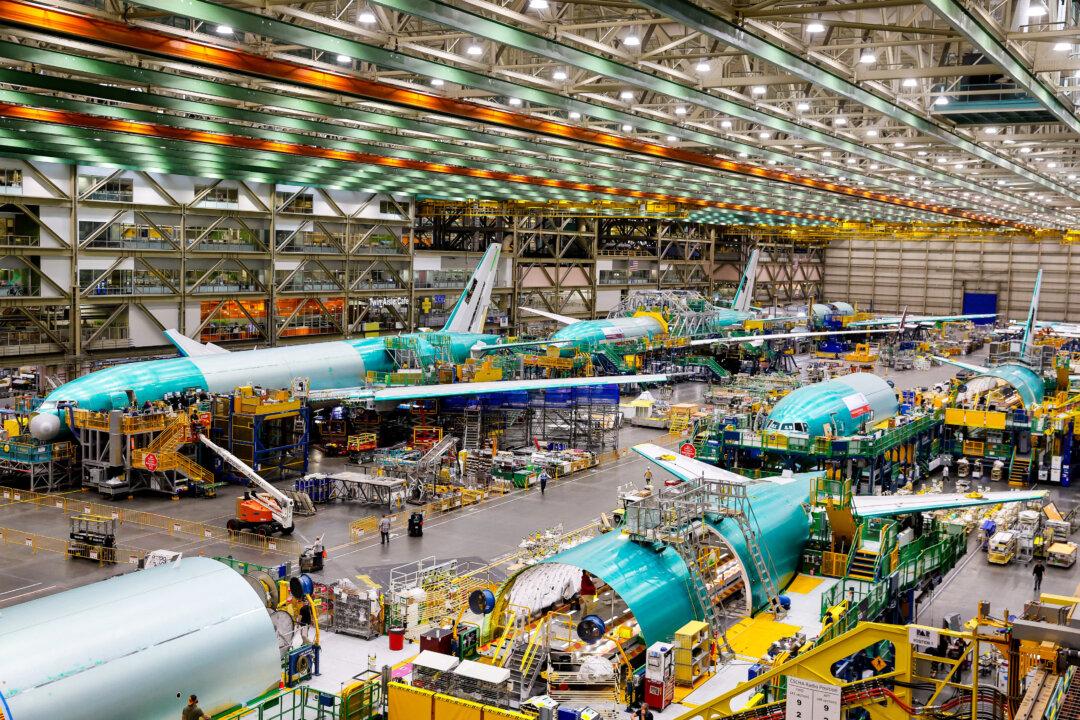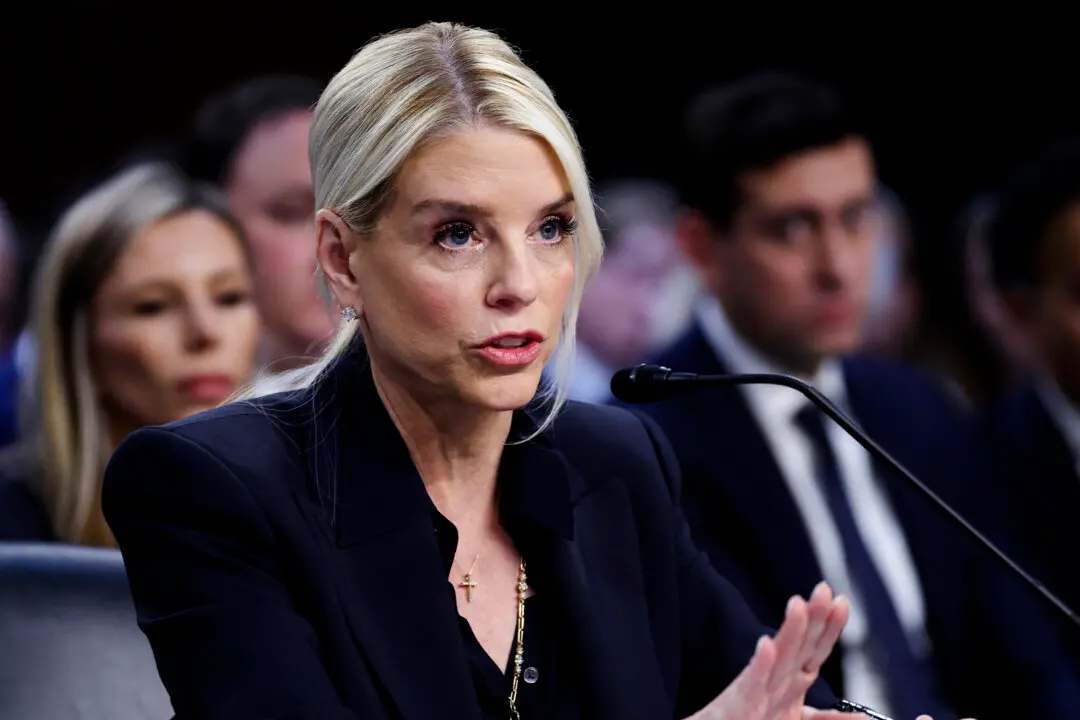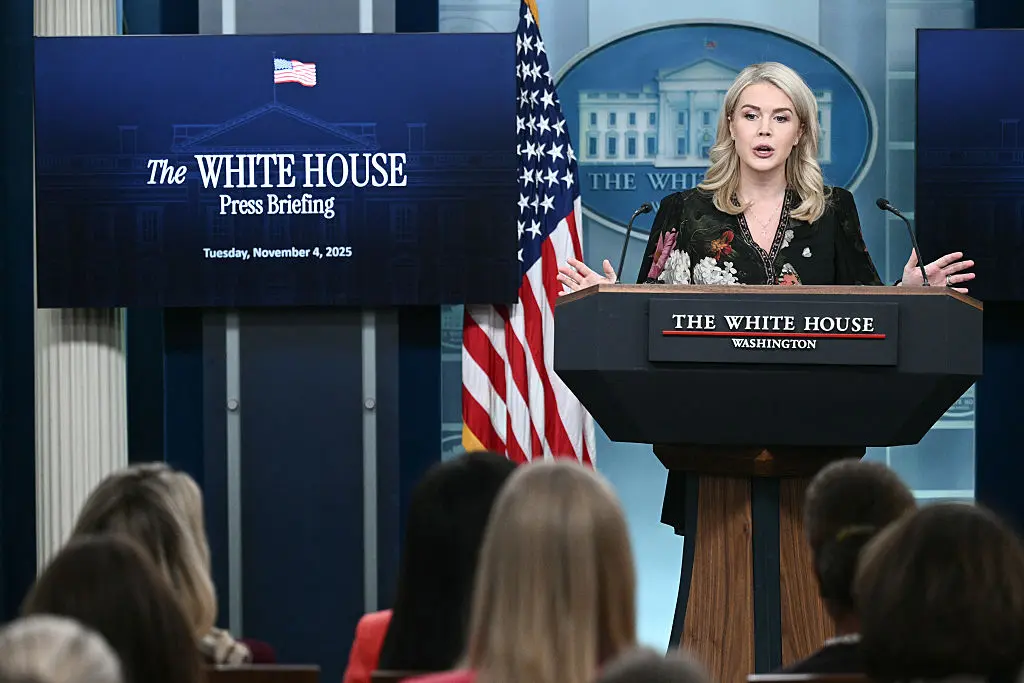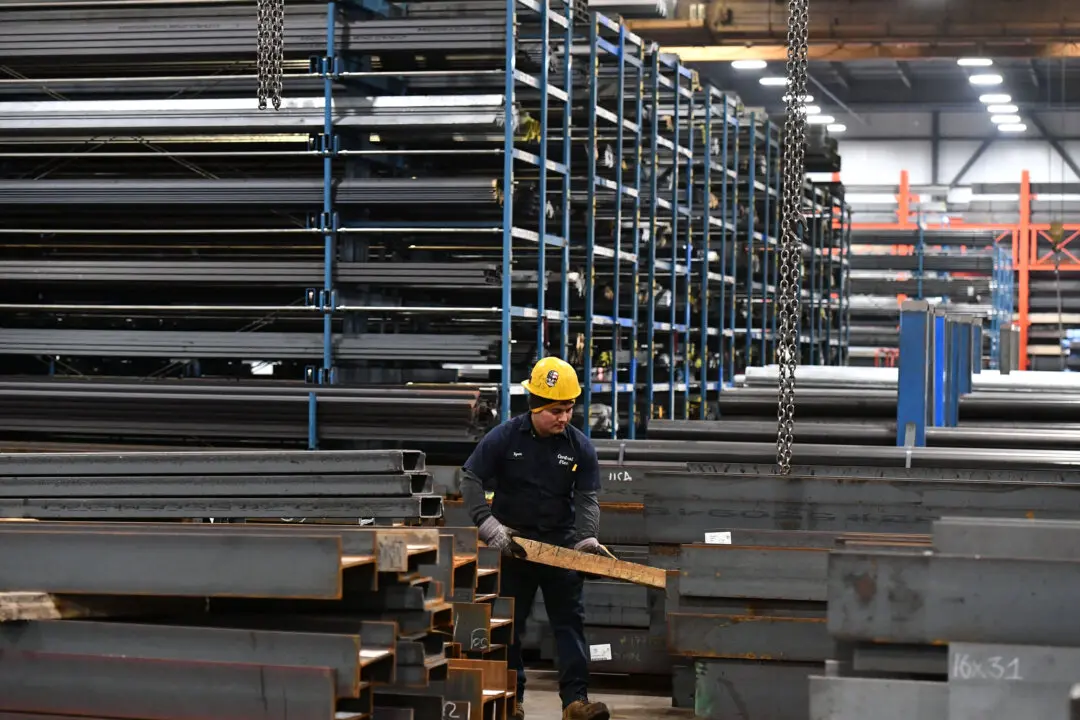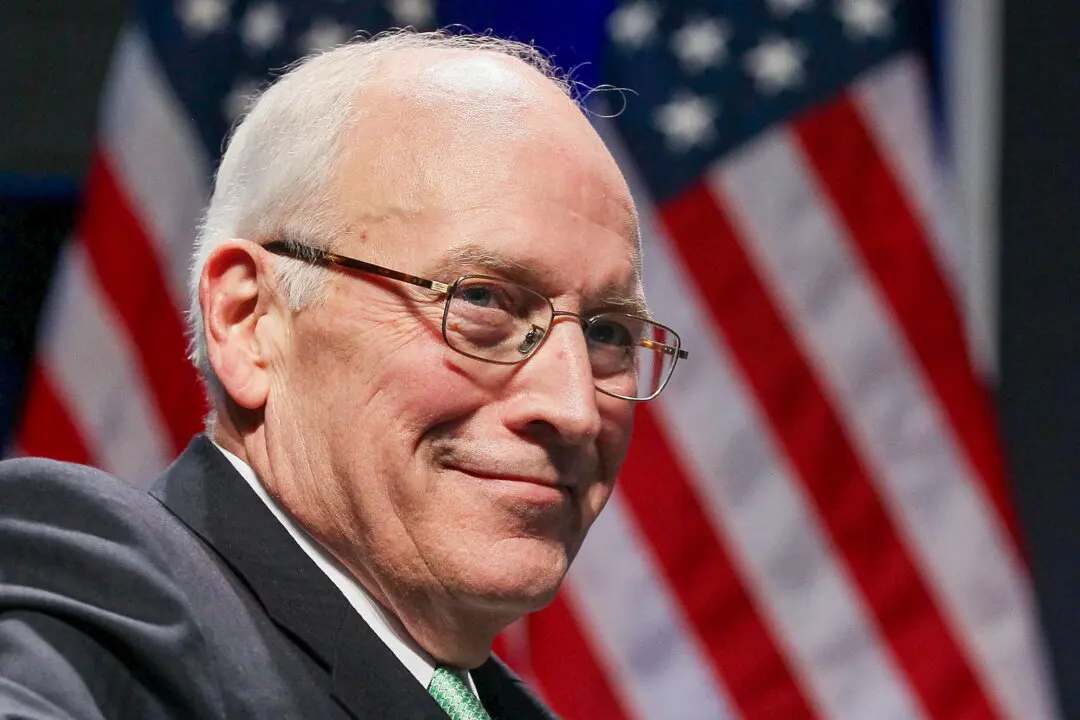The U.S. manufacturing sector experienced growth in January for the first time in six months, signaling renewed momentum for the nation’s industrial base as factory output and hiring rose, buoyed by the largest monthly jump in optimism in more than four years.
According to the S&P Global Flash U.S. Purchasing Managers’ Index (PMI) report, released on Jan. 24, the manufacturing PMI rose to 50.1, crossing the critical 50-point threshold that separates expansion from contraction.
